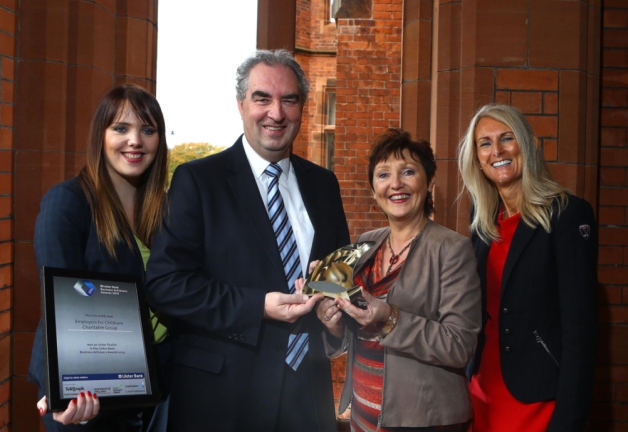Home
About Us
Page 2
The mission of the NIH is to "seek fundamental knowledge about the nature and behavior of living systems and the application of that knowledge to enhance health, lengthen life, and reduce the burdens of illness and disability."
|
|
The agency has been consistently working towards achieving its mission by consolidating grants and programs that are especially engineered to attend to the health-related needs and concerns of the people.
Take for example, the Ancillary Studies to Large Ongoing Clinical Projects. It is one of the grants funded by the NIH and the National Institute of Arthritis and Musculoskeletal and Skin Diseases (NIAMS), which is generally aimed at soliciting applications that propose to conduct time-sensitive ancillary studies related to the NIAMS mission in conjunction with privately or publicly funded, large, ongoing clinical projects.
Meanwhile, there are also projects like the Network Group Integrated Translational Science Centers Program, which primarily seeks to develop and conduct state-of-the-art cancer treatment and advanced imaging clinical trials, especially large, definitive multi-institutional trials evaluating new cancer therapies and related clinical approaches for both adult and pediatric patients.
These grants are just some of the examples of the projects and services offered by the government with regards to their mission of keeping the country and its people safe, happy, and healthy.
Government Grants Within The United States Health Sector
Back to Page 1
About The Author Iola Bonggay is an editor of TopGovernmentGrants.com one the the most comprehensive Websites offering information on government grants and federal government programs. She also maintains Websites providing resources on grants for youth programs and home improvement grants. |
Additional Resources
category - Health Grants
Critical Congenital Heart Disease Newborn Screening Demonstration Program
Early-Stage Innovative Technology Development for Cancer Research Program
Government Grants Within The United States Health Sector
Zambia Economic Resilience Program for Improved Food Security
Follow @topgovtgrant
Social Entrepreneurship
Spotlight
Childcare Charitable Group Named Top Social Enterprise

Employers For Childcare Charitable Group (EFCG), a Lisburn-based charity, has been crowned top Social Enterprise at the Ulster Final of 2014’s Ulster Bank Business Achievers Awards. EFCG seeks to “make it easier for parents with dependent children to get into work and to stay in work.”
